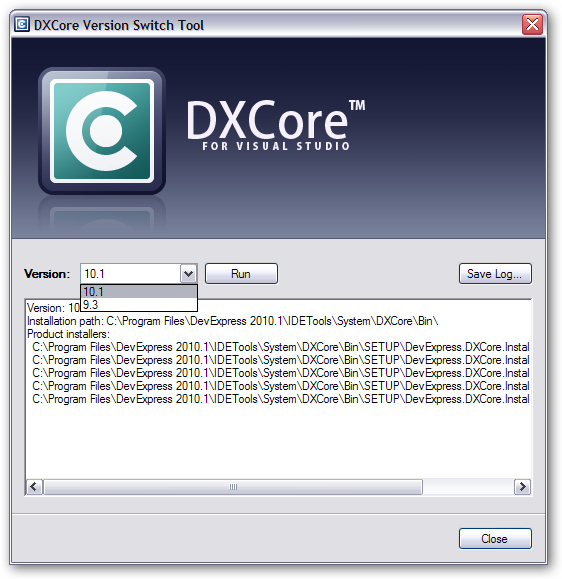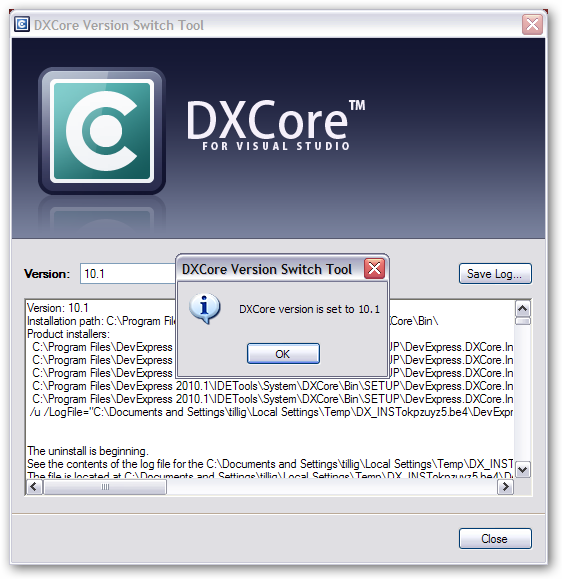How to Switch Your Active DXCore Version
You may have noticed that every time you install the DevExpress DXCore/CodeRush/Refactor! products they go into a different install folder. For example, I have two versions installed right now:
C:\Program Files\DevExpress 2009.3C:\Program Files\DevExpress 2010.1
The thing is, you can only have one version running at a given time, so it bothered me that there was a new install location every release. I felt like it was left to me to clean up a mess… but it turns out that’s not the case!
This “new install location for every release” is intentional because you can have multiple versions of DXCore/CodeRush/Refactor! installed and you can switch between them using a tool they provide.
Here’s how you do it:
- Close all the running instances of Visual Studio.
- Go into the
IDETools\System\DXCore\BINfolder in the most recent install location. For me, that meansC:\Program Files\DevExpress 2010.1\IDETools\System\DXCore\BIN. (Technically you could go to the folder for any of the installs, but I choose to go to the most recent just in case there’s been a patch or addition to the tool.) - In that folder, run the
DXCoreVersion.exeprogram. - The version selected in the dropdown box will be the latest version installed, not necessarily the active version. That’s important and could be misleading.
- Select the DXCore version you’d like to be active and click “Run.”
In this example, I have version 9.3 active so I’ll select to switch
to version 10.1.

- A lot of stuff will happen - the version of DXCore currently set up will be unregistered and the version you selected will be registered. Note that while the log will talk about “uninstall” and “install,” it’s not actually adding or removing the installation from your system, it’s just hooking things up.
- Wait for the popup to tell you it’s done. It takes a couple of
seconds and the Close button isn’t disabled, so it might look like
it’s done, but it’s not. Once it’s done, you can click OK to dismiss
the popup and close the version switcher.

You can use this process to switch from any version to any version [that you have installed]. If you make sure to keep your community plugins in the default location (under your Documents folder, not under the install location) then your community plugins will transition along for free.